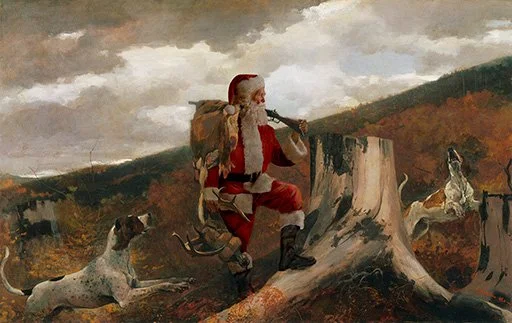Inspired by: Winslow Homer - The Life Line – 1884
In 1881 Homer spent a year in the coastal town of Cullercoats, England. A fishing village, and an artist’s colony, which attracted painters to its beautiful landscapes and the sea. There he witnessed the life brigade rescue of a floundering ship. It was the essence of man against the sea, the driving force of his early marine paintings.
Two years later, in Atlantic City, new Jersey, he saw a demonstration of the breeches buoy, a recent innovation in lifesaving technology. Secured firmly to ship and shore, the device permitted the transfer of stranded passengers. The following year he painted The Life Line, one of several he did at that time on the rescue theme. In 1866, the apparatus was first used when the brigantine Tenterden, escaping a hurricane, floundered at the mouth of the Tyne in England. The local life brigade rescued the crew along with the Captain’s wife and child. Could this be the wife?
To see original: https://bit.ly/3JzEHVW https://bit.ly/3JzEHVW
